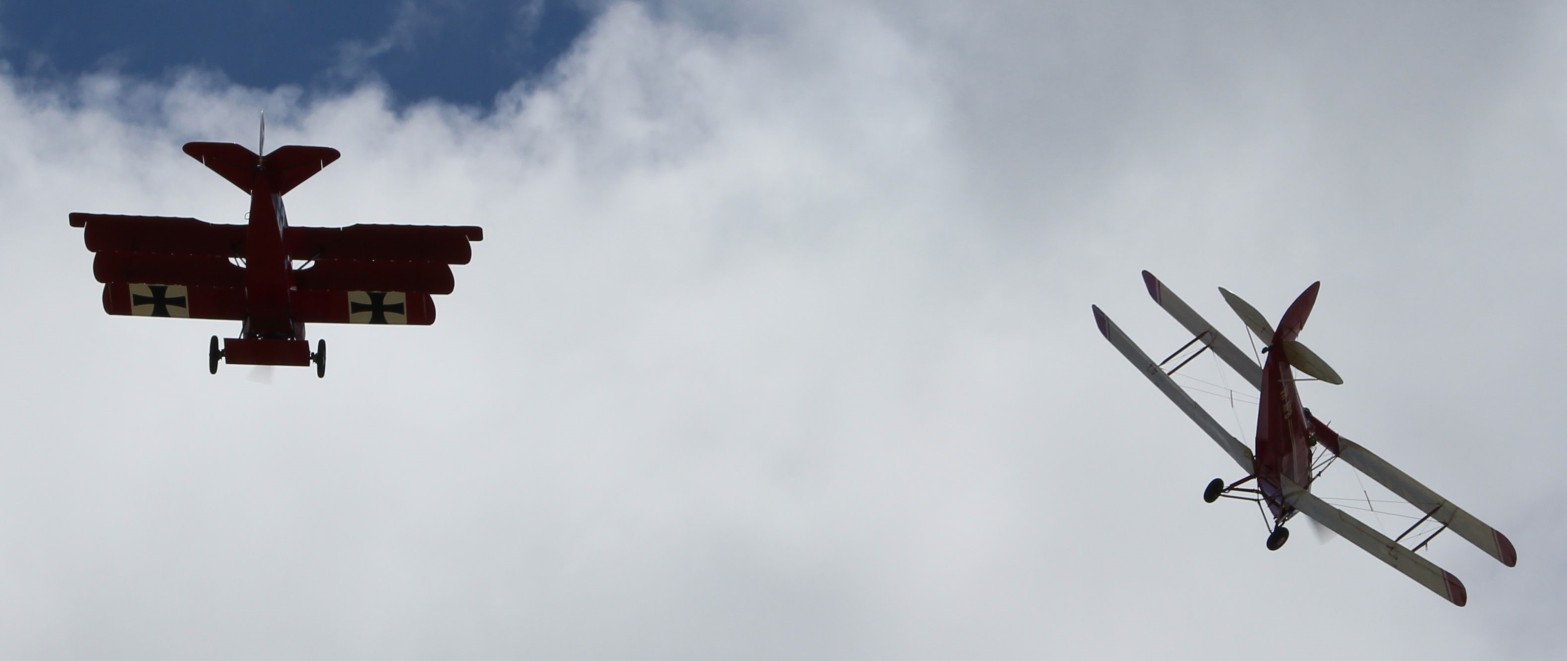Story and images by ANDREW KACIMAIWAI
It shouldn’t have ended this way – not with a bang or a whimper, as it should have, but with an almost-audible sigh of anger and relief.
Sometime around April, the padlocks on the doors to The Australian Vintage Aviation Society (TAVAS) museum at Caboolture, near Brisbane, went on as the axe swung. The hanger was to be sold and the aircraft collection would be scattered to the four winds.
For me, it marked the bittersweet ending to a journey that had only begun the August before when I joined the museum as an unpaid volunteer.

I needed something to keep my mind engaged apart from the usual mundane ritual of firing job application after application into the cyber ether. In my head rang the old adage about volunteering that proved true: volunteer for a cause close to the heart.
The decision ended a prolonged closure that had started at Christmas as part of the regular holiday break but continued thanks to COVID lockdowns. There was no coming back from that one.
The TAVAS collection was unique by any standards; a veritable “hash magandy” of pre-WWI, WWI and post-WWI types; a couple of which are not likely to be seen anywhere else in Australia.
I always thought I could know more about these aircraft since I can’t fly. And I was right.

Museum director Andrew and partner Nathalie absolutely blew me away with their knowledge. It’s one thing to read about the Fokker EIII, it’s quite another thing to listen to someone who has flown it!
I was also prepared for the duties which involved not just guiding the public, answering questions and the occasional moving of the aircraft for flight (glamour duties as I think of it) but also the general cleaning and maintenance aspects which are so vital to such a museum; clean the toilets, clean the display cases, wipe the floor, wipe the aircraft down and that kind of thing.
The chance to liaise with the public and explain the aircraft to them was one of the most exhilarating aspects of my duties; there is no such thing as “best” thing or “worst” thing. If I felt the need to rate those experiences then I feel I would have missed the point.

I enjoyed the chance to make friends with my fellow volunteers, to talk and learn more.
It was a rare experience to sit down for lunch in the kitchen with the tail of a Hawker Demon under construction not two feet from my face! The fate of the Demon remains a mystery.
But if there was a highlight, it was the chance to wheel the Fokker DR1 out for pre-flight checks – and the chance to witness the engine run of a 1910 Henri Farman III (not to mention watching Andrew sitting on the central tail fully exposed to the prop wash!).

The irony for me was that this year marked the 10th anniversary of the museum. It wasn’t even given the chance to go out with a bang! (that’s kinda where the raging reference in the headline comes in!)
But my time there taught me more than about aircraft. And I am truly a better person for that experience.
I remain grateful to, especially, Andrew and Nathalie and all the other stalwarts who taught me so much.

BACKGROUND
Launched at the start of 2012, TAVAS was governed by seven volunteer directors, comprising several airline pilots, business managers, ex-Defence personnel and teachers. The mission was to re-create genuine historic aviation for the education and interest of aircraft enthusiasts, historians, schools and the public. TAVAS had built up a unique collection of historical replicas, including examples from the dawn of powered flight and the Great War. Their aircraft have flown at the Australian International Airshow at Avalon, Warbirds Over Illawarra, Red Thunder Air Show and commemorative events. In 2016 they held their first Great War Flying Display at Caboolture Airfield; it brought together planes from the WWI, WWII, Korean and Vietnam conflict eras, along with modern Defence and civilian aircraft. In 2018, a centennial Great War Flying Display commemorated the centennial milestone of Australian machine gunner Cedric Popkin’s feat in bringing down the Red Baron near the Somme River on April 21, 1918. It was after that display that the TAVAS Early Aviation Museum opened.

IN THEIR COLLECTION
Pre-WWI: Henri Farman III, Johnson Monoplane, Gustave Whitehead Condor 21, Demoiselle
WWI: RAF SE5a, Bristol F2b, Nieuport 24, Sopwith Camel, Fokker EIII, Fokker DVII, Fokker DRI, Fokker DVIII
Post WWI: DH82a Tiger Moth, HM14 Flying Flea.
